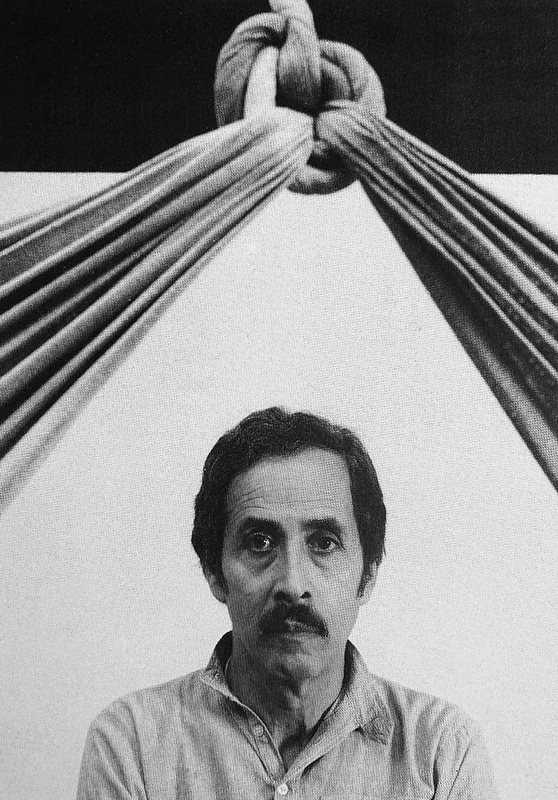Jorge Eielson


b. 1924, Peru
d. 2006
"My activity focuses essentially on opening up to the world and the human phenomenon."
Jorge Eielson (b. 1924, Lima, Peru, d. 2006, Milan, Italy) was a Peruvian painter and writer whose work, while guided by a singular vision, straddled multiple genres from Modernist abstraction to Arte Povera and conceptualism over his six-decade-long career. Eielson is remembered for his celebrated “Quipus” series. This series, which the artist embarked on in 1963, combined his abiding interest in ancient Peruvian culture with a desire to foreground the symbolic, graphic, and semantic connotations of the knot.
Eielson’s “Quipus” works on canvas and board—reinterpretations of the knotted string registers used by pre-Columbian peoples for recording data—earned him wide acclaim and an invitation to the 1964 Venice Biennale. He would participate in four Venice Biennales over his lifetime (in 1964, 1966, 1972, and 1988). In 1978, he received a Guggenheim Fellowship for literature. Eielson was an active member of avant-garde communities in his native Peru and in Paris, Rome, and New York. In 1969, Eielson submitted a proposal to NASA to mount one of his sculptures on the moon, a proposal that was enthusiastically received but never realized. A major retrospective of Eielson’s work was presented in 2017 at the Museo de Arte de Lima in Peru.